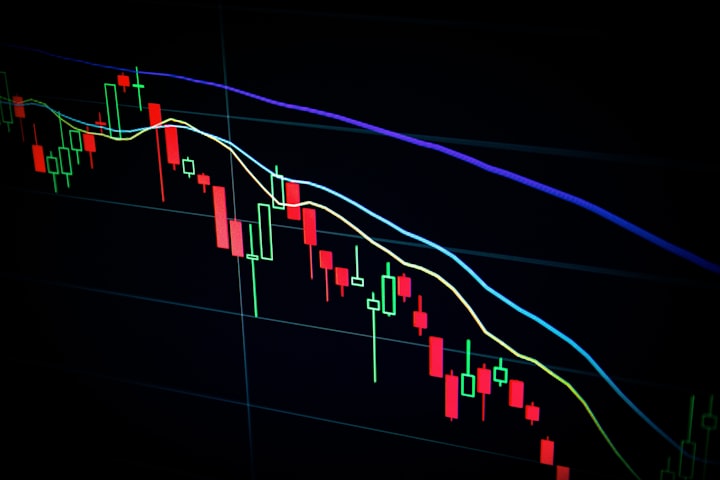Understanding Burn Addresses on GraphLinq Chain: A Technical Insight
Explore GraphLinq Chain's burn address clarity. Learn about true burn addresses like 0x0, reporting mechanisms, and the importance of secure token burning for reduced supply. Stay informed for transparent token management.

Good day, everyone!
Today, I'd like to delve into a technical aspect of GraphLinq Chain that has sparked some curiosity: the concept of burn addresses and their relevance to our platform's operations.
Recently, there was a query in our chat about whether it's possible to see the burn address for people using graphs on GraphLinq. Let me clarify this topic for everyone's benefit.
Firstly, it's important to understand that our platform is currently free to use. However, as we progress and implement fee structures, burning execution fees will be a part of our system. This process will be announced beforehand to ensure transparency and alignment with our community.
Now, let's talk about burn addresses. The only address that is genuinely a burn address is 0x0. This address is valid but impossible to be randomly generated, making it a secure choice for burning tokens permanently from the supply.
When the time comes for burn functionalities to be active, we will ensure there are reporting mechanisms in place to track and report the reduction in circulating supply. This aligns with our commitment to clear communication and community involvement in our developments.
For those interested in the technical details, the Solidity code snippet for burning functions can be found on the original ETH contract. While some may use addresses like 0x000000000000000000000000000000000000dEaD as burn addresses, our approach ensures tokens ready for graph executions reside in the Depositor Contract address and are sent from there to be burned. This method ensures tokens are truly eliminated from circulation.
It's worth noting that using the _burn function is the correct approach, as it ensures tokens are destroyed in a manner that cannot be retrieved. While sending tokens to a seemingly random address may seem effective, there's a theoretical chance that the address isn't truly "dead," whereas burning removes tokens permanently and securely.
As we continue to evolve and refine our platform, I'll always strive to provide more technical insights and information. Your understanding and engagement with these aspects are key to our collective progress.
Stay tuned for more updates and developments on GraphLinq Chain!
jr00t - providing more technical information than anyone asks for since 2021.



